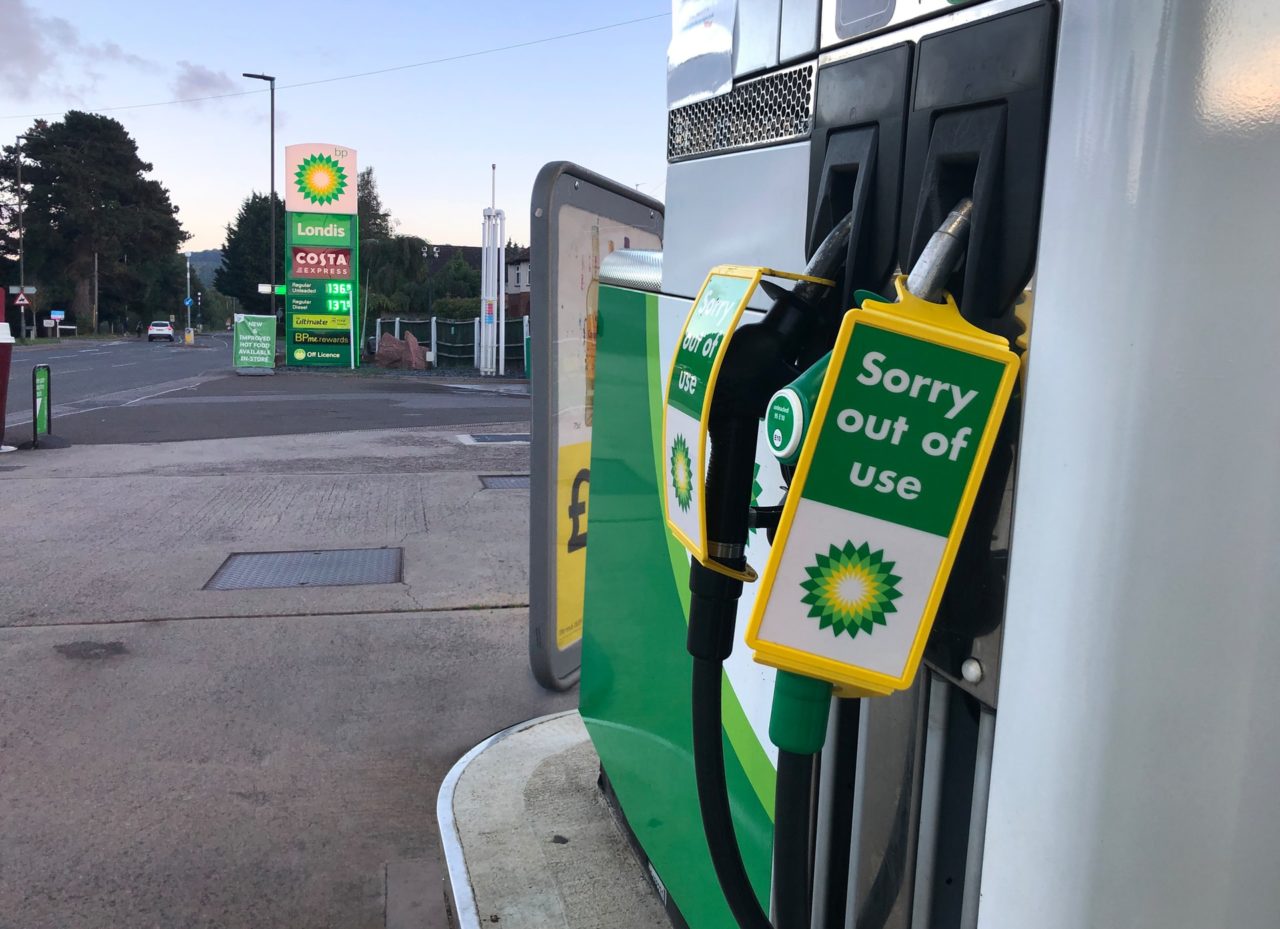
If you own a car or van, you’ll have certainly noticed that the price of fuel has gone through the roof this last year or so. Whether it’s because of the conflict in Ukraine or the weak pound against the dollar and rising crude prices, many people are now actively rationing their driving.
If you are a business and depend on filling up the van or car to earn a wage, however, it’s not as simple as driving less to cut the costs. Higher fuel prices add to that all-important bottom line and can have catastrophic consequences. Many businesses are being squeezed with little or no support from the government.
Here we take a look at the various reasons prices have seen a hike in recent times and look for a time when those prices might come down in the future.
While the cost of petrol may have come down a little in the past few months, the general trend since the pandemic has been upwards.
According to the RAC price watch, the cost of a litre of unleaded petrol is currently 164.78 pence and for diesel, it is 181.28 pence. If you want to see how much it has changed, back in May 2020, the price of unleaded petrol at the pump was about 110 pence per litre.
Petrol prices fluctuate for a variety of different reasons including the global cost of crude and the changes in demand and supply. Because refined petrol is sold in dollars, the exchange rate between pound sterling and dollars can also have an impact.
World events can have a significant impact too. When the Covid pandemic first struck, businesses suddenly had to lock down. Demand for petrol dropped considerably as we all stopped travelling and stayed at home. When the situation reversed, demand suddenly increased again and suppliers had difficulty keeping up – that led to a hike in prices as that demand outstripped supply.
It can be confusing when you look at the cost of petrol and where all your money goes. According to the BBC:
There have been calls for the government to reduce duty and VAT on fuel and this was done in March this year but only took about 5 pence a litre off the price at the pump. That cut in duty, while welcome, was quickly undermined by continued rises in the cost of filling up your car. In short, it made very little difference at all.
As we came out of the pandemic and things began to get back to normal, you would expect the overall price of petrol to come down. Unfortunately, with an unstable economy, we were already moving into a cost of living crisis that not only affected businesses but all of us.
In truth, the price of petrol and utilities such as gas and electricity was on the increase before the war broke out in Ukraine. With sanctions being placed on Russia, however, there was a major issue for countries who depend on it for fuel.
Russia is one of the biggest exporters of oil and that has had a significant impact on global prices. While the UK only imports about 6% to 9% of its oil from Russia, it is still not immune to those global price changes.
While the Ukraine war is ongoing, it is not likely that the price of petrol is going to come down significantly in the foreseeable future. Along with the cost of rising utilities, businesses, in particular, are being squeezed and many are crying out for government support.
At the beginning of the war, companies that relied on transportation were already having to absorb growing costs.
According to one business, they were having trouble paying their staff and were seeing at least a third of their profit margins disappear because of the rise in prices. Companies are experiencing thousands more in costs being added to their operations which they will then have to pass on to customers. Customers, in turn, are tightening their belts creating a perfect storm that could see many enterprises, particularly SMEs with tight margins, go to the wall.
There have been cries for reductions in VAT and duty to take the pressure off normal consumers and businesses at the pump. To date, the government has not introduced many specific measures to ease the problem on the forecourt and there’s a common consensus that a lot of businesses are running out of time.
For private road users who are trying to reduce the cost of petrol, several things can be done such as not relying on their car as much, driving more efficiently and reducing the weight of the car. For businesses, these options are often nothing more than a sticking plaster and have little or no effect.
According to figures released at the beginning of August, the UK had done much less than other countries to ease the burden of high petrol costs. For example, while we reduced fuel duty by 5 pence per litre, countries like Germany and Italy have reduced it by 25 pence and 21 pence per litre respectively.
It’s difficult to see where this ends for consumers, both businesses and private road users. The delays during the Tory leadership contest and the virtual shutdown of any meaningful conversation following the passing of the Queen have not helped. What we can expect is that prices will not come down significantly anytime soon.